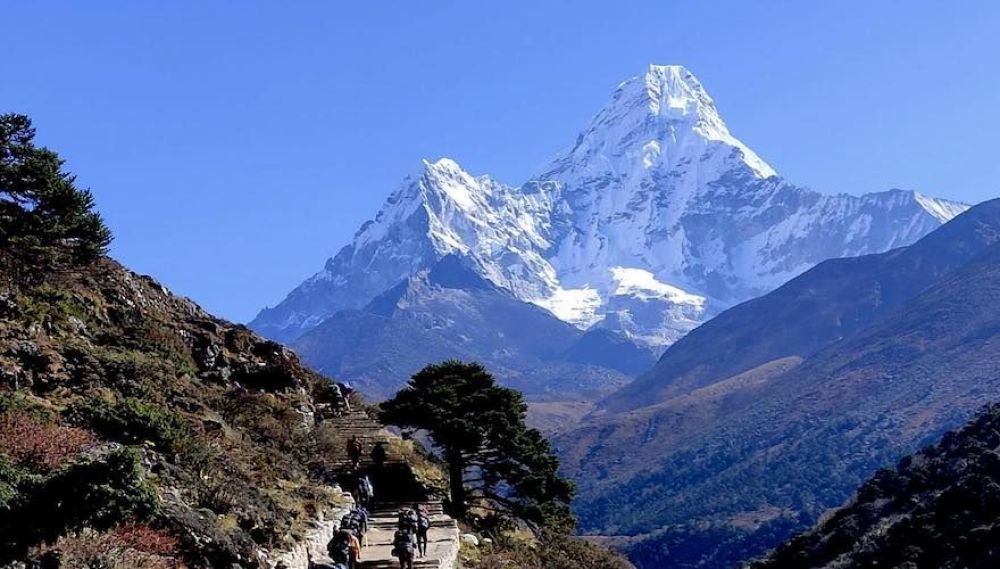

The optimal time to visit and attempt a climb on Ama Dablam, located in the heart of the Himalayas within Sagarmatha National Park, is during the post-monsoon autumn months of October to November. This period offers the best conditions in terms of weather, with clear skies, minimal precipitation, and the most stable temperatures. Climbers are less likely to encounter snowfall that can impede climbing conditions and obscure the breathtaking views of the surrounding peaks. The visibility during these months is usually excellent, providing spectacular panoramic sights of the Himalayas. Days are sunny, and although nights can be quite cold, the overall weather stability makes it the preferred climbing season.
Another favorable time to plan a trip to Ama Dablam is during the pre-monsoon spring window, which typically spans April to May. During spring, temperatures start to warm up, and the snow from winter begins to melt, presenting comparatively safer climbing conditions with less risk of avalanches compared to the winter months. The spring season also happens to be the second climbing season, with the added benefit of witnessing the stunning blooms of rhododendrons and other wildflowers that carpet the lower hills of the national park. However, as the monsoon approaches, climbers should be cautious of the changing weather patterns and be prepared for potential shifts in conditions.
| Month | Min Temp | Max Temp |
|---|---|---|
| January | -20 °c | -5 °c |
| February | -15 °c | NA |
| March | -10 °c | 5 °c |
| April | -5 °c | 10 °c |
| May | -2 °c | 12 °c |
| June | NA | 15 °c |
| July | 2 °c | 17 °c |
| August | 2 °c | 16 °c |
| September | NA | 15 °c |
| October | -5 °c | 10 °c |
| November | -10 °c | 5 °c |
| December | -17 °c | -2 °c |